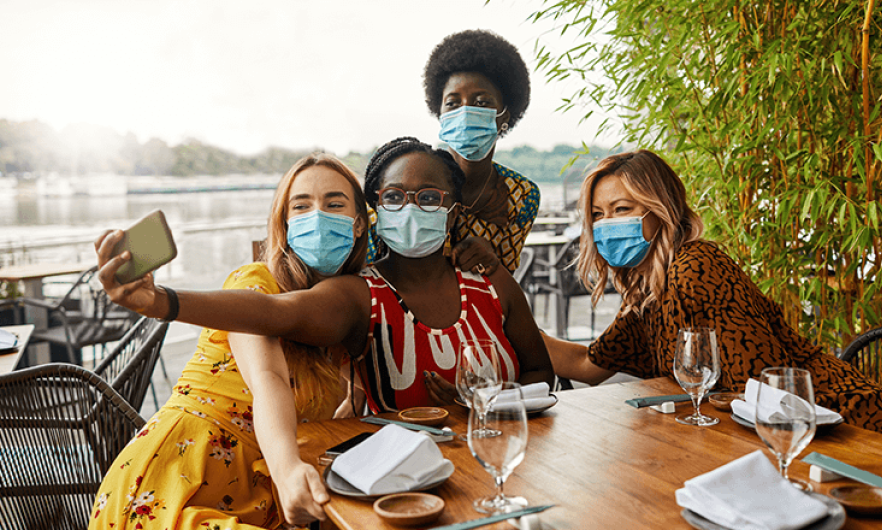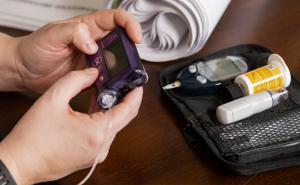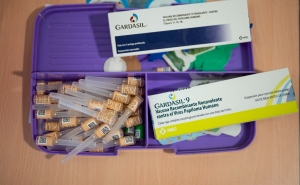New Data on COVID-19 Transmission by Vaccinated Individuals

A Q&A WITH AMESH ADALJA
New data was released by the CDC showing that vaccinated people infected with the delta variant can carry detectable viral loads similar to those of people who are unvaccinated, though in the vaccinated, these levels rapidly diminish. There is also some question about how cultivatable—or viable—this virus retrieved from vaccinated people actually is.
While this sounds discouraging, it’s important to keep three things in mind:
- Vaccines remain highly effective at preventing severe disease.
- Breakthrough infections among vaccinated individuals remain uncommon.
- The majority of new COVID-19 infections in the US are among unvaccinated people.
So, what does all of this mean in terms of risks for both vaccinated and unvaccinated people? And what might data like this suggest for public health guidance going forward? Amesh Adalja, MD, of the Center for Health Security, answers a few questions about our evolving understanding of immunity and COVID vaccines.
The new data says that a fully vaccinated person who experiences a breakthrough infection can spread the virus just as much as an unvaccinated person. Is this only for symptomatic infections?
It’s expected that symptomatic breakthroughs are more contagious than asymptomatic breakthroughs.
When extrapolating, it is critical to understand that this study is derived primarily from one major site in which the activities and the settings that were leading to infections are not necessarily representative of the day-to-day life of a fully vaccinated individual.
What does this mean for fully vaccinated people who have a known exposure? Do they need to get tested and quarantine themselves?
The CDC updated its guidance to say that fully vaccinated people who are exposed to someone with suspected or confirmed COVID-19 should be tested three to five days after exposure. They should wear a mask in public indoor settings for 14 days or until they receive a negative test result.
What is known about the rate of breakthrough infections vs infections among unvaccinated people?
There’s a difference between breakthrough infections and breakthrough disease.
Breakthrough infections occur when a fully vaccinated person tests positive for the SARS-CoV-2 virus. Breakthrough disease occurs when a fully vaccinated person experiences symptoms of COVID-19 disease.
Vaccines remain highly effective at preventing severe disease, breakthrough infections and disease among vaccinated individuals remain uncommon, and most of the new COVID-19 cases in the U.S. are among unvaccinated people.
Still, the exact rates of breakthrough cases are unknown at this time because cases may be asymptomatic and, until recently, the CDC didn’t recommend that vaccinated people be tested following exposure. For this reason, updated guidance states that vaccinated people should resume wearing a mask in indoor public areas, especially where there is high transmission of COVID-19.
What should vaccinated people do to protect themselves and those around them?
Breakthrough infections are still uncommon, and breakthrough disease is rare.
The vaccines are designed to stop serious disease, hospitalization, and death and they are doing that to an extremely high degree—even against the delta variant.
Immunosuppressed individuals for whom the vaccine might not be as effective may want to wear a mask in high risk situations and/or in areas where vaccination rates are low.
Amesh Adalja, MD, is a senior scholar at the Center for Health Security and an adjunct professor in Environmental Health and Engineering. He is also an affiliate of the Johns Hopkins Center for Global Health.





